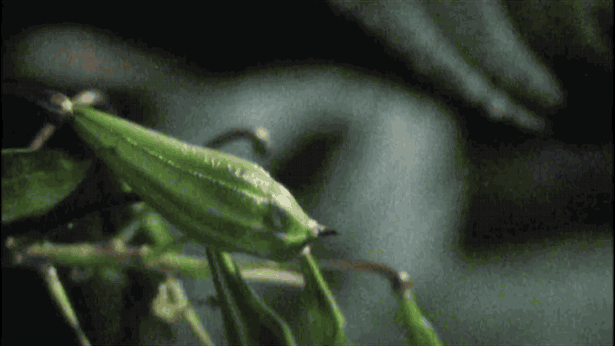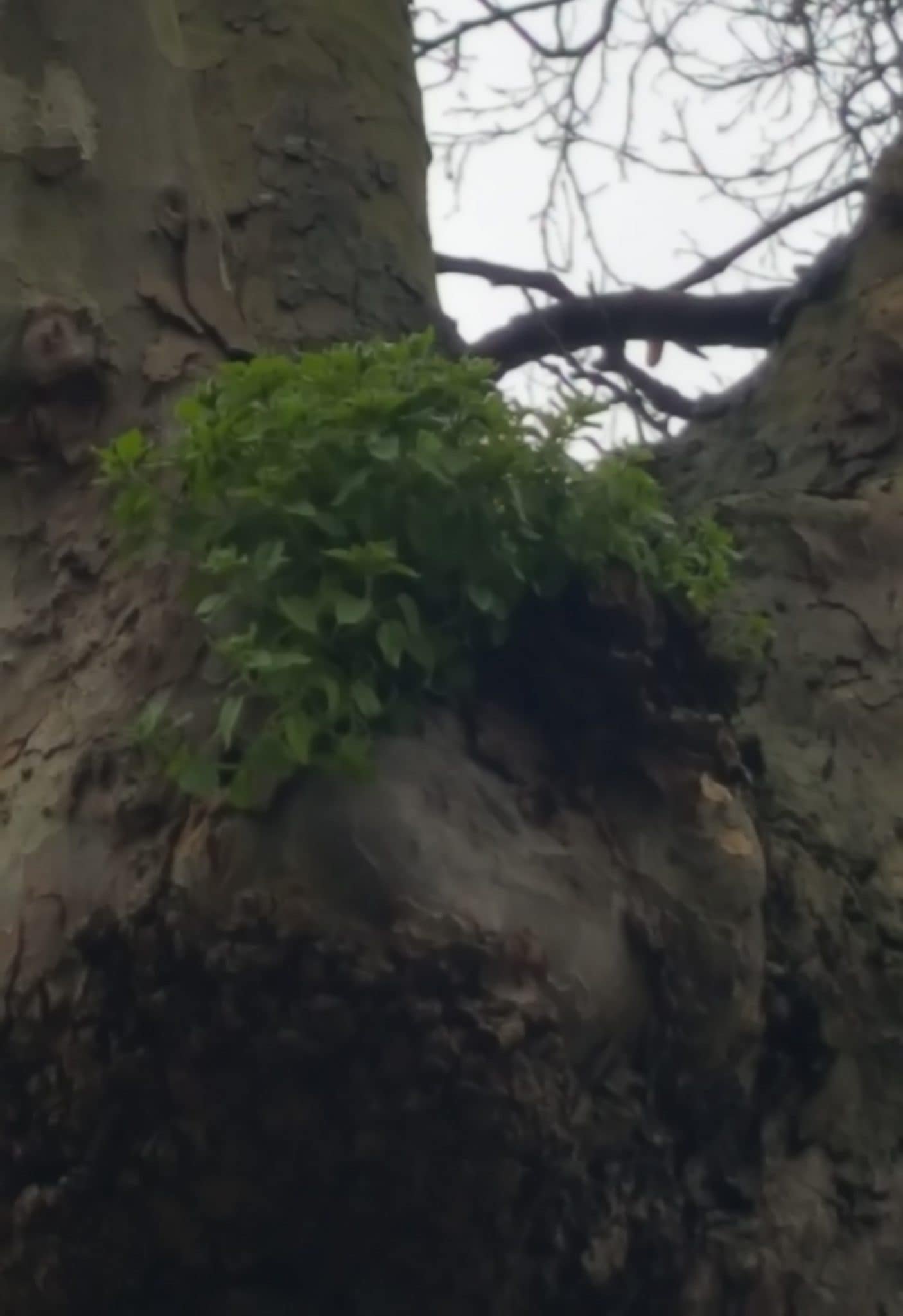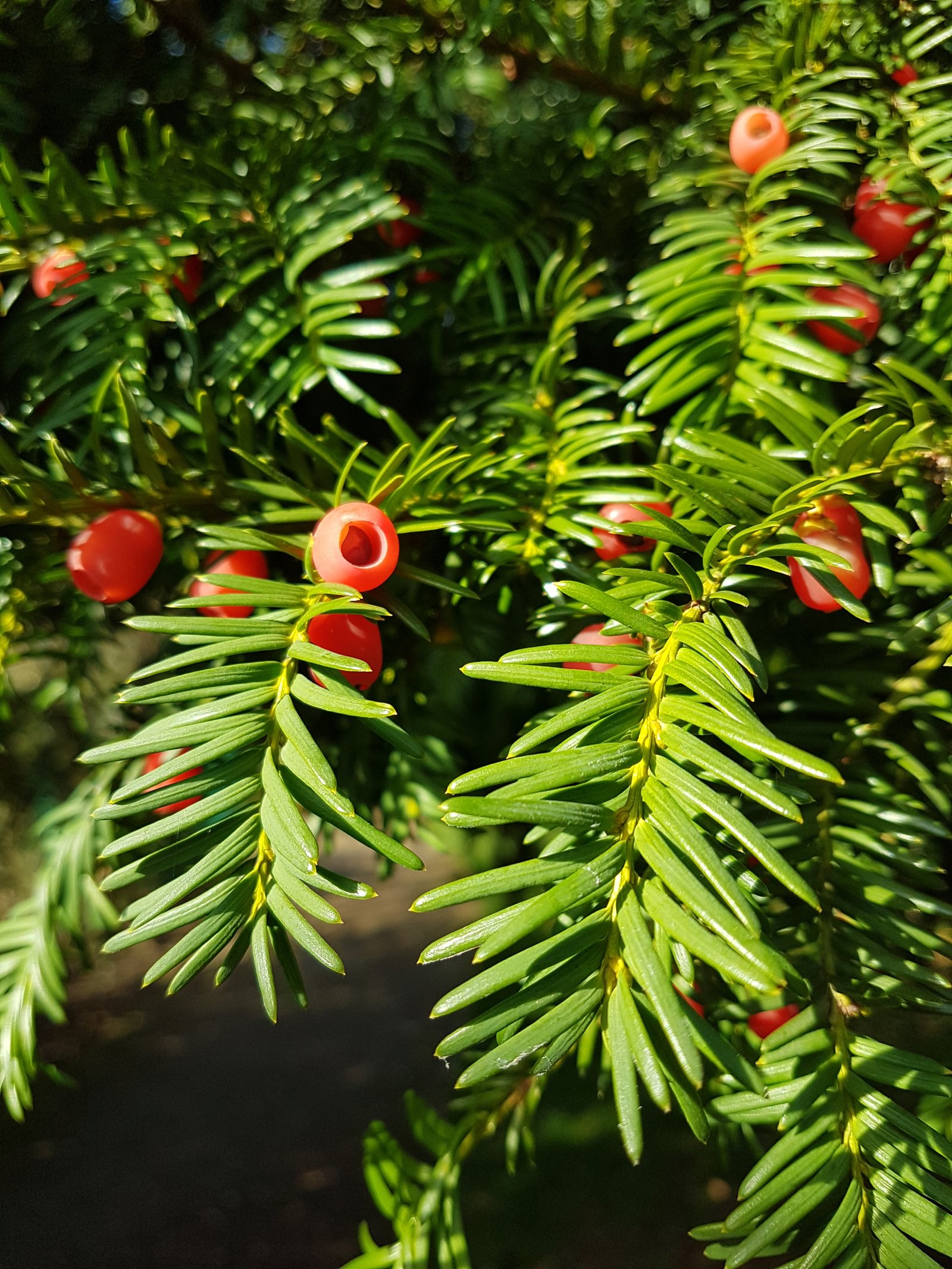Himalayan Balsam – Invasive Pest or Tasty Food?
I was out for a walk around the Lee Valley last night, particularly looking out for Elderberries and Yarrow for some home-brewing projects I have planned. I found what I needed, but I could help also noticing the huge amounts of pink flowering Himalayan Balsam along the river’s edge just about everywhere.

Whilst it looks very pretty, it’s a controversial plant as it’s the invasive immigrant, Himalayan Balsam (Impatiens glandulifera). It is highly invasive, and tends to choke up rivers quite quickly.*

It does this with an amazing seed spreading system, which involves the seed heads ‘exploding’ and flinging the seeds up to seven feet away.

However, there is a positive aspect to this plant. Most of it is edible, and being in such abundance and widely hated, there is no reason not to collect some (carefully) and cook it up!
*Himalayan Balsam and the law
I’ve been asked by the Non-native Species Inspectorate, quite rightly, to point out that the transportation of seeds or whole plants of Himalayan Balsam is an offence under the Invasive Alien Species (Enforcement and Permitting) Order 2019 in England and Wales and Section 14AA of the Wildlife and Countryside Act in Scotland. This means that no seeds or plants should be removed from the site where they currently grow, and sowing seeds or planting elsewhere either deliberately or accidentally would be a particularly serious offence.
So in other words, pick it and eat it/use it where it grows, and don’t take it somewhere else!
Himalayan Balsam Recipes
A quick internet search for “Himalayan Balsam Recipes” will turn up plenty of results for you. I won’t copy them here (unless it’s to review them after I’ve given it a try), but some of the things I’ve seen include:
- Champagne (Flowers)
- Wine (Flowers)
- Curry (Seeds)
- Using the stem as a straw for drinks
- Preserve (Flowers)
- Falafel (Seeds)












Leave a Reply
Want to join the discussion?Feel free to contribute!